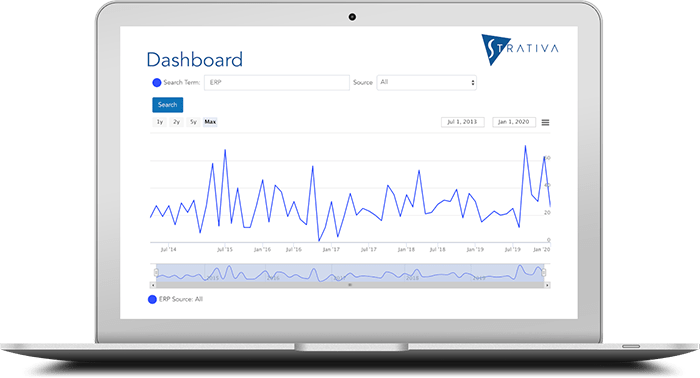
Too often, in carrying out new initiatives, business leaders can be very focused on getting the technical details right, while neglecting the people-side of the change.
Less Talk, More Action, Needed
For example, with ERP implementations we see companies investing the time and energy to select the right system but spend no time at all to ensure that the people who have to use the system buy in to the decision.
Then they wonder why, when it is time to start the implementation, employees resist moving to the new system.
Likewise, a quality assurance group may carefully design and implement a new procedure to improve regulatory compliance but do nothing to help employees understand why the new procedure is needed. As a result, employees may hold on to the old process that they know, understand, and believe will protect them and their jobs.
Why do business leaders too often neglect the people-side of change? It is usually because they think of change management as something intangible, something that they cannot control, measure, or track. They know how to develop a project plan for technical implementation of a new initiative (for example, an ERP system), but they don’t know how to develop a plan with tangible and practical steps to help people embrace the new system. They know how to manage projects, but not how to manage change.
It is not for lack of talk about change management. The same business leaders have shelves full of books about change management, cultural change, and leadership. But too much of what has been written about change management is theoretical. After reading the book, the leader still doesn’t know what to do in terms of practical steps to take care of the people-side of change.
Improving the Odds for Success

For example, the Project Risk Analysis is a simple but effective tool for assessing the risk of project failure due to the organization not being able to absorb the change required. Using this tool, the project team answers a series of questions about how much change the project will introduce to the organization, how well past changes were handled, the number of other changes taking place in the organization, and how unified the organization is in terms of vision and direction. The tool also takes into account the magnitude of the change. Is it localized or enterprise-wide? Does the project involve changes to processes, technology, or job responsibilities?
Using research data gathered from many past projects, the Project Risk Analysis then calculates the amount of risk there is on the people side, allowing the project team to plan specific actions to mitigate the type of risk specifically for this project.
Projects that land in the “high risk” quadrant will require the greatest amount of attention to change management. Without taking definite and appropriate actions, such projects will result in productivity loss, employee dissatisfaction, passive and active resistance, potential turnover of valued employees, and negative impact on customers.
In a recent ERP system selection project, we had an opportunity to introduce the Project Risk Analysis assessment tool to our client, which had no previous experience or training in change management. We initiated this assessment with the ERP selection project team of about 25 people.
Predictably, the Project Risk Analysis placed this ERP selection project in the high risk quadrant. Even though the leadership instinctively knew that a system replacement was a major initiative, this initial assessment told the organizational leaders specifically why and in what ways this project was a high risk.
The assessment results laid a foundation for how to mitigate the risks associated with this project. The results also provided a common language for leadership to discuss the impact of the change and what tangible actions they wanted to take to improve the odds of employees adopting, using, and becoming proficient with the new system.
The story here is still to be fully written. The client has completed vendor selection and is now starting with system implementation. However, there are already positive results from the client’s initial investment in change management structure, tools, and training. By getting specific about change management the organization is definitely maximizing the odds of success.
An Overflowing Tool Box
The Project Risk Analysis is just one example of the types of tools in our change management toolbox. Other tools include:
- Assessment tools to analyze the organization’s overall maturity in change management, use of best practices, health of specific projects, adequacy of the sponsorship model, and readiness of individual employees for change.
- Templates that can be used for project definition, group exercises, and business case development.
- Calculators that can be used to determine the return on investment for the change management effort and to analyze the impact of a change on various groups within the organization.
- Sample work plans that can serve as the starting point for communications plans, training plans, coaching plans, and action plans.
No two projects are the same, even within one company—either in terms of the project objectives or the nature of the change. A wide variety of practical tools allows the project team to select the right tools to use to improve the chances of project success, making change management something tangible, actionable, and measurable.
Dee Long is a principal consultant at Strativa. She is also a Certified Prosci Change Management Practitioner, which gives her access to the Project Risk Analysis and other tools described in this post.

